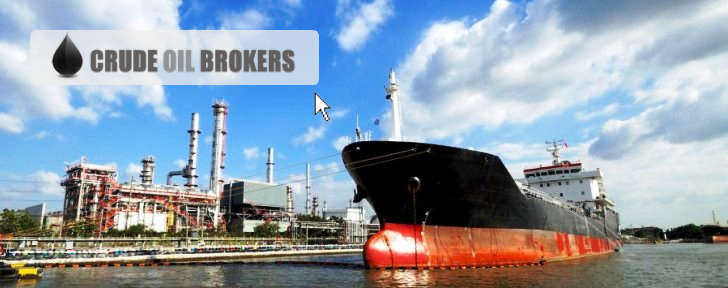
*Low sulphur fuel
Singapore — S&P Global Platts on Wednesday reported the first physical cargo trade for low-sulphur fuel oil (LSFO) with a maximum 0.5% sulphur content in Singapore ahead of a sulphur cap by the International Maritime Organization (IMO) next year.
The milestone trade comes ahead of the IMO regulations that will reduce the permissible sulphur content in marine fuels globally from 3.5% currently to 0.5% from the start of 2020.
Shell sold 20,000 tonnes of LSFO marine grade fuel to P66 at $19 per tonne to Singapore 0.5% marine fuel quotes for October for delivery on Oct. 16-20, according to trade data collected by Reuters.
“This first trade signifies that the market is ready and willing to transit to cleaner fuels earlier than most people had anticipated,” said Matt Stanley, oil broker at StarFuels in Dubai.
S&P Global Platts, the agency that publishes benchmark fuel oil price assessments, introduced LSFO cargo trading in its so-called market-on-close (MOC) price assessment process in Singapore at the start of the year.
While limited supply and scarce demand has so far kept a lid on trade liquidity for physical cargoes of the lower-sulphur fuel, trade activity in the relatively new marine fuel is expected to increase as the IMO’s deadline nears.
“Liquidity on 0.5% marine fuel will gradually pick up over the course of the coming weeks as transparency increases,” said Stanley.
Singapore is the world’s top fuel oil trading hub and serves as Asia’s pricing center for refined oil products, including gasoline, diesel and marine fuels.
The city-state is also home to the world’s largest bunkering or ship refueling port. Until now, that has meant primarily the sale of high-sulphur fuel oil (HSFO) for ships’ bunkers.





No comments:
Post a Comment